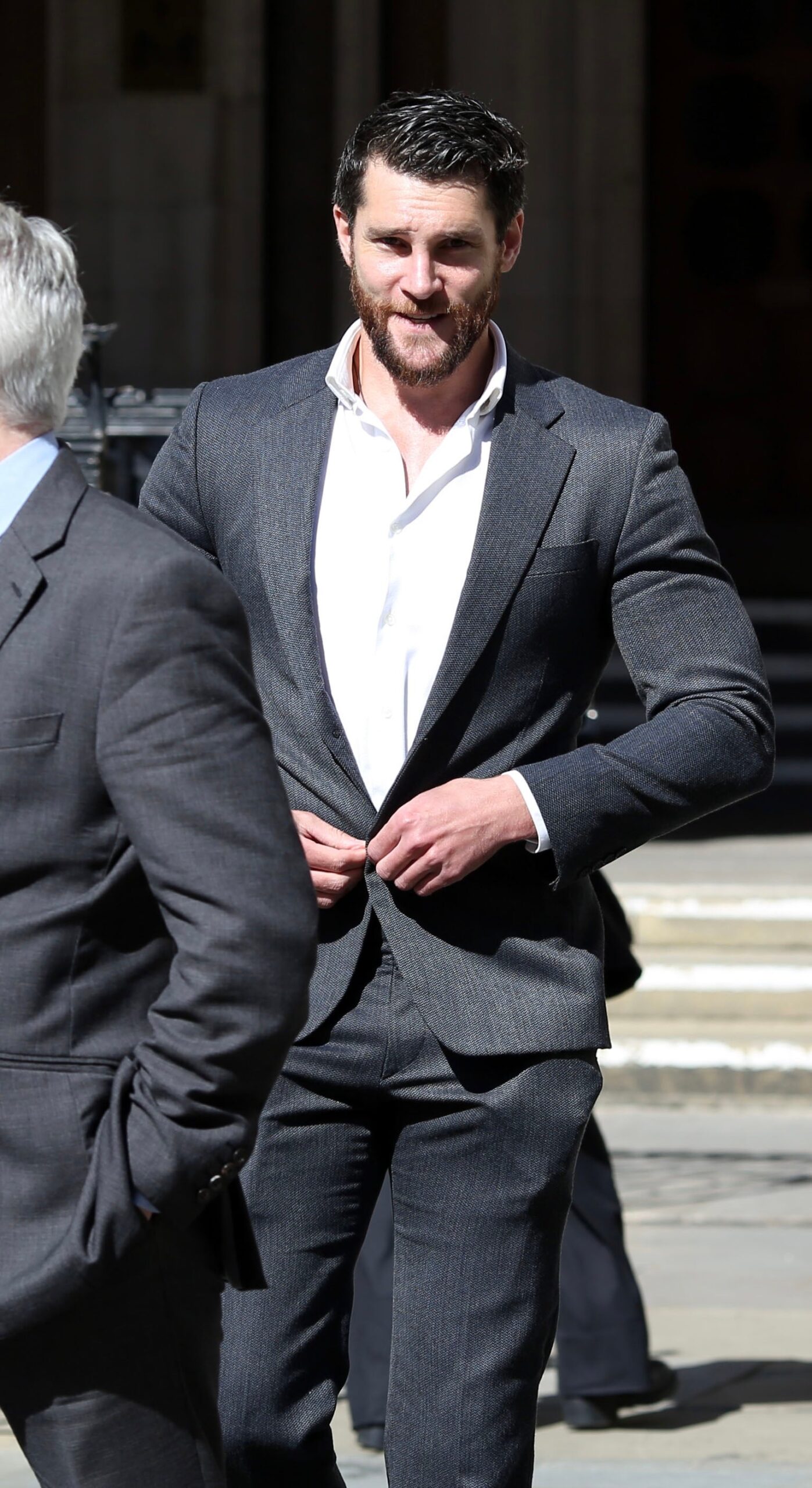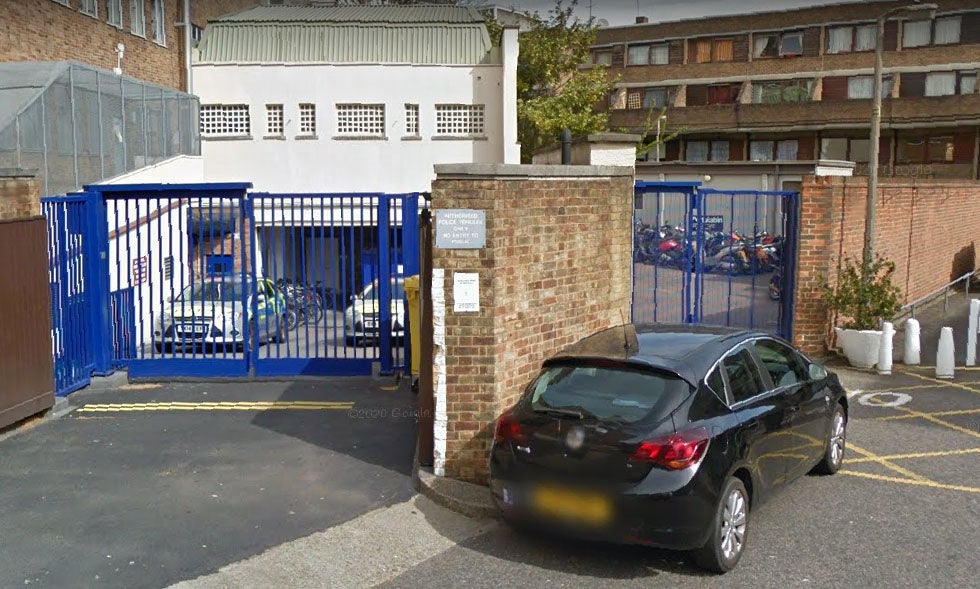A twinkle-toed former Billy Elliot ballet star is fighting for almost £600,000 compensation, claiming his “premier league” dance dreams were forever shattered when a police officer stamped on his foot.
Alexander Loxton, who played the character of the “older Billy” in the hit West End musical as well as dancing with the Royal Ballet and performing at Buckingham Palace for the late Queen’s 80th birthday, says he suffered a career-wrecking ankle ligament injury during an unjustified stop-and-search by Met Police in September 2016.
The 36-year-old has now ditched his dreams of reaching the top as a dancer and told a judge he is currently working in security and plans to become a police community support officer as he can no longer execute the extreme jump manoeuvres demanded at dancing’s elite level.
Birmingham-born Mr Loxton is now suing Met Commissioner Sir Mark Rowley for almost £600,000 in compensation for his lost career, claiming there was no basis for stopping him, and that the force used against him was unreasonable and unnecessary – amounting to “assault and battery”.
But the Commissioner – sued on behalf of the Met – denies all liability, claiming that any injuries resulted from Mr Loxton struggling with the officers who detained him, and that his dance career was already on a downward spiral when he was stopped.
“From January 2014, the claimant’s career plainly declined due to three things: injury, refusal by him to work for what he considered low pay, and limited opportunity,” argued police barrister Robert Talalay, although accepting that his pro career had “initially showed great promise”
However, Mr Loxton’s KC, Fiona Murphy, suggested he had the potential to establish a place among the “premier league” of ballet companies, pointing out a coveted role he had played as lead in Romeo and Juliet and high-calibre work with the Dutch National Ballet.
And although he had suffered injuries and strains during his career, he had recovered and was re-establishing himself when the clash with the police occurred, she argued.
Central London County Court heard that, as a youngster, he had enjoyed an impeccable classical ballet education at London’s prestigious Royal Ballet Upper School, where his “dedication, ability and talent” were praised.

He picked up several scholarships and awards during his years of training, said his barrister, and had begun to carve out a promising dance career before the fateful foot-stamping incident.
As well as taking the role of Older Billy at London’s Victoria Palace Theatre, he appeared in TV and film roles, starring with Keira Knightley and Helen Mirren in Disney’s ‘The Nutcracker’ and as Peter Rabbit at the Queen’s 80th birthday garden party.
“His standing in the profession was high and he was considered to have the ability and tenacity to establish a successful professional career in the premier league ballet companies and, in the alternative, with West End musical and film productions,” explained Ms Murphy.
Branding his injuries “permanent and career-ending,” she said that despite intensive rehab efforts Mr Loxton has found himself unable to cope with high-pressure ballet work, and explained: “he was and remains unable to tolerate the full repertoire of dance manoeuvres, with particular difficulties in the areas of jumping, changing direction and landing”.
Mr Loxton says the ankle damage occurred during an aggressive stop and search by police after he went to Kennington Police Station to retrieve a stolen motorbike helmet visor in September 2016.

While at the police station, he decided “on the off-chance” to see if a motor scooter which had also been stolen from him was being kept in a gated area behind the building, and it was here that he was confronted by a group of officers, Mr Loxton’s barrister told the court.
“At this point, a police car reversed towards the claimant,” said his barrister, adding that one of the officers demanded his ID, although Mr Loxton queried whether he needed to show it.
One of the officers then “exited the vehicle, challenged him as to his identification, took hold of the claimant’s left arm and tried to force his left arm behind his back”, said Ms Murphy.
“Mr Loxton tensed. The officer did not succeed in taking control of the claimant’s left arm. He stamped his foot repeatedly on the claimant’s left foot while pulling on the claimant’s left arm.
“The officer pushed and pulled him about while clamping down on the claimant’s left foot.”
Two other officers also joined in as Mr Loxton was handcuffed, searched and then “slammed” against a wall, where he was allegedly “struck with blows”.
Once against the wall, one of the officers “continued to search the claimant and as he did so he again repeatedly stamped his foot down on Mr Loxton’s ankle”, said Ms Murphy.

The incident left Mr Loxton with permanent injuries to ligaments in his ankle, while he also complains of feelings of “distress, anxiety, embarrassment, humiliation and degradation” and soft tissue injuries to his thumb, wrist and fingers.
Ms Murphy said medical evidence suggested his crucial ankle injury probably occurred when being “manhandled in various directions while (one of the officers) clamped down on Mr Loxton’s left foot”.
But lawyers for the Met insist that the former dancer had a “rude and aggressive demeanour” when police officers asked him to move on as he was loitering around a gated area of the police station, and that he tried to walk away when they asked to search him.
When Mr Loxton was finally placed against a wall to be searched he resisted the police efforts, leading one of the officers to “place his foot on Mr Loxton’s left foot to keep him in place”, said defence barrister, Mr Talalay.
“The officers’ evidence is clear that Mr Loxton – a strong young man – was actively and forcefully resisting the search and required five officers and staff to control him before he could be searched,” he said.
“In those circumstances, the force used by the officers was reasonable and proportionate. The court is invited to conclude that the claimant was the author of his own fate in this case and that it was his behaviour that made the force used necessary and at that level.”
The case is continuing.
